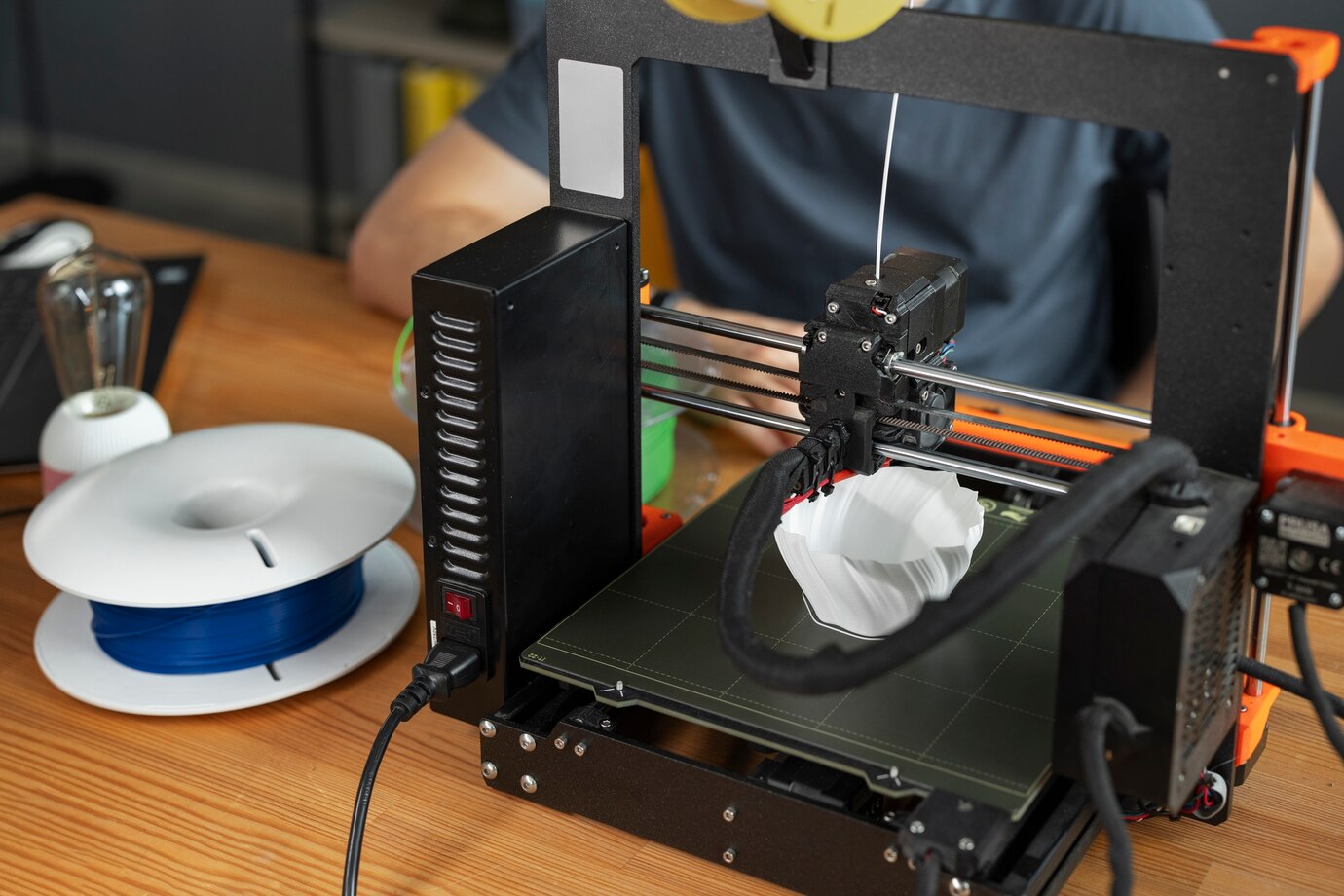Benefits of 3D Printing in the Defense and Aerospace Industries
3D printing, or additive manufacturing, has shown significant promise in industries like defense and aerospace, especially as it moves into more complex and mission-critical components. While initially applied to non-structural parts, the technology has matured to the point where it is now being used for secondary structures and even essential systems. This development offers substantial benefits to companies within these sectors, improving design flexibility, reducing production times, and lowering manufacturing costs. One key advantage of 3D printing is its ability to simplify complex parts. Traditional designs for components, such as a fan in a cooling system, can consist of numerous pieces, each requiring its own production and assembly steps. By employing 3D printing, these parts can be consolidated into a single, more efficient component, reducing assembly time, potential failure points, and material waste. Additionally, 3D printing offers the ability to create intricate designs that would be impossible with conventional methods, allowing for parts that provide enhanced functionality and greater durability.
Speed is a
critical factor in the defense and aerospace industries, and additive
manufacturing helps accelerate production cycles, thereby improving
time-to-market. This is particularly valuable in defense, where producing
components near strategic locations, such as airbases, allows for faster
deployment. Additive manufacturing enables on-demand, customized production of
parts, eliminating the need for specialized tooling and allowing for quick
modifications to digital designs. This flexibility makes it easier to tailor
components for specific applications without compromising speed. Manufacturers
can now customize production for large batches or small quantities, depending
on the need, which dramatically reduces the time required to bring products to
market and helps companies remain competitive in rapidly evolving environments.
The
adoption of 3D printing also leads to more efficient and cost-effective supply
chain management. By reducing a component from multiple parts to a single unit,
companies can streamline their production processes, cutting down on
transportation costs and improving inventory management. Traditional
manufacturing often involves multiple production stages and locations, which
can increase lead times and costs. In contrast, 3D printing offers the
possibility of localized production, eliminating the need for long shipping
times and excessive stockpiles. As companies adopt 3D printing for a wider
range of components, they can create more sustainable and efficient production
processes, driving down costs and reducing the reliance on complex supply
chains.
.png)






Leave a Comment
Your email address will not be published. Required fields are marked *